| Brand | JB Microscope |
| Color | Siemens Grey |
| Base Size (LXBXH) | 225x190x80mm |
| Material | Aluminium |
| Lens Diameter | 148mm |
| Magnification | 5x(Approx.) |
| Model Name/Number | Magnascope |
| Weight | 6.0 kgs(Approx) |
| Working Distance | 220mm |
| Vertical Movement | 210mm |
| Stand Type | Table Top |
| Rotation | 360 Degree |
| Outer Ring Dia. | 220mm |
| Color Type of Light | 6500 degree K |
| Lense Material | Optical Glass |
| Lens Tilt | 90 Degree |
| Illumination Type | Top |
| Illumination | 22W Circular Fluorescent tube Dia.216mm |
| Horizontal Movement | 250mm |
| Field of View | 160mm |
| Effective Lens Dia. | 135mm |
| Optional Accessory | 2x Auxiliary Lens to increase the magnification 10x |
Digital Microscope is an instrument used to enlarge tiny object to examine that are not visible the naked eyes. it magnifies tiny object so that they can be seen easily. Lense in the microscope helps to magnify object. Which can zoom in at up to 1000x magnification so you can discover a world of germs and particles that are invisible to the naked eye.
This microscope often has its own in-built LED light source, and differs from an optical microscope in that there is no provision to observe the sample directly through an eyepiece. Since the image is focused on the digital circuit the entire system is designed for the monitor image.
Digital microscopes typically range from inexpensive USB digital microscopes to advanced industrial digital microscopes that cost thousands of dollars. Low-cost commercial microscopes generally forgo optics for illumination and resemble webcams with macro lenses. Optical microscope can also be attached with digital camera.
Stereo Microscope VS Digital Microscope
The primary difference between a stereo microscope and a digital microscope is magnification. With a stereo microscope, magnification is determined by multiplying the eyepiece magnification by the objective magnification. That digital microscope does not have an eyepiece, so magnification cannot be found using this method. Instead the magnification for a digital microscope was originally determined by how many times larger the specimen was reproduced on a monitor.
The resulting magnification numbers and field of view are still the same as that original definition, regardless of the size of the monitor used. The normal difference in magnification between an optical microscope and a digital microscope is about 45 percent. Thus the magnification number of stereomicroscope is usually 40% less than the magnification number of digital microscope. Since the image in a digital microscope is projected directly onto a CCD camera, higher quality recorded images are possible than with a stereo microscope. With a stereo microscope, lenses are made for the optics of the eye. Attaching a CCD camera to a stereo microscope will produce an image that has been compromised for the eyepiece. Although the monitor image and recorded image may be of higher quality with a digital microscope, the application of the microscope may dictate which microscope will be preferred.
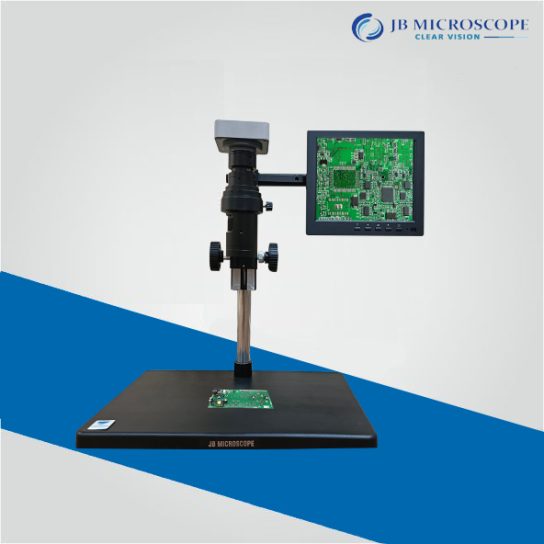
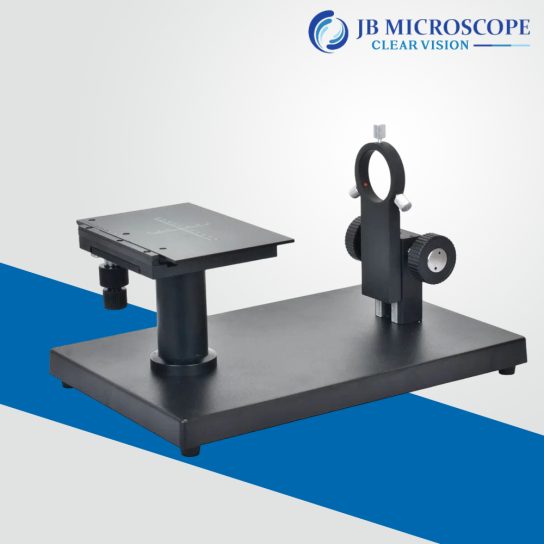
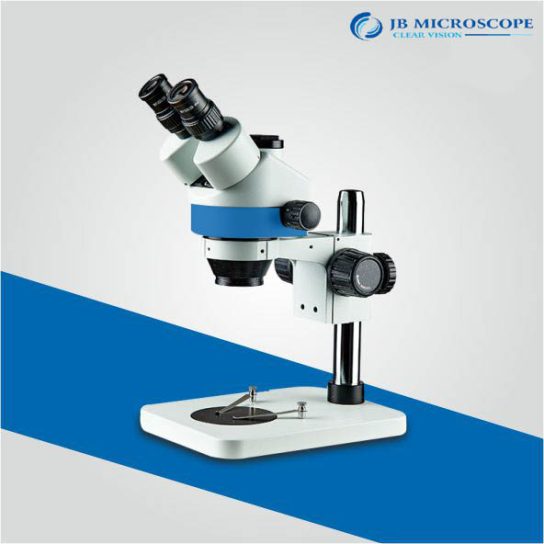
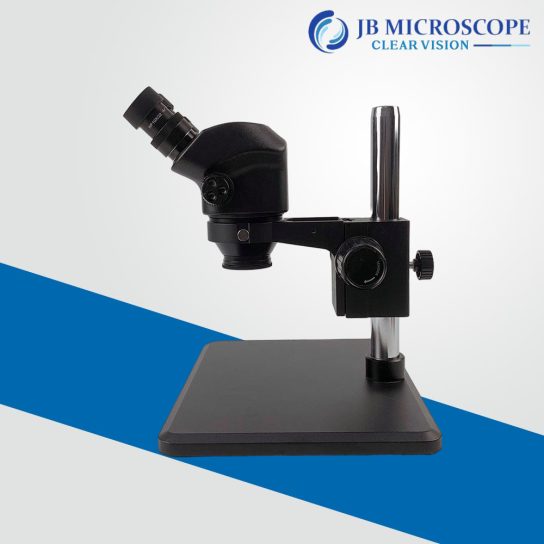
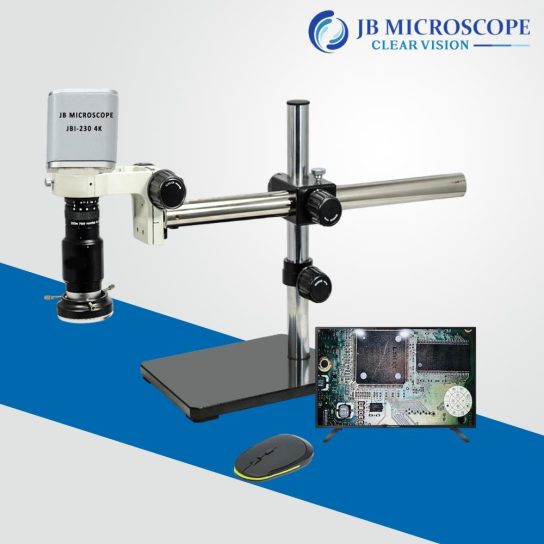

Reviews
There are no reviews yet.